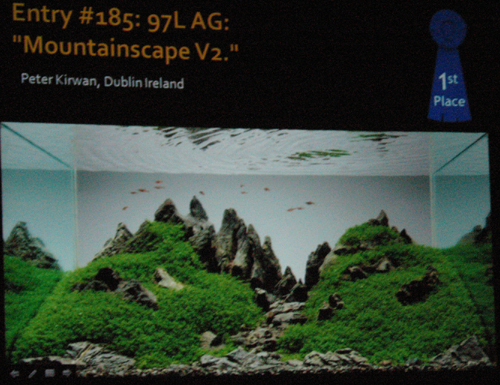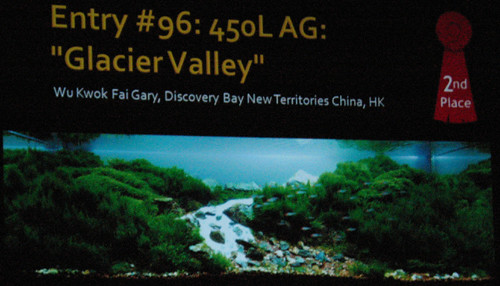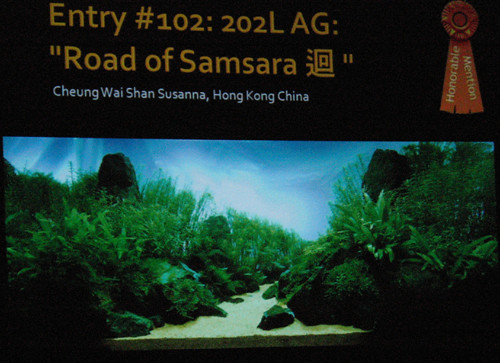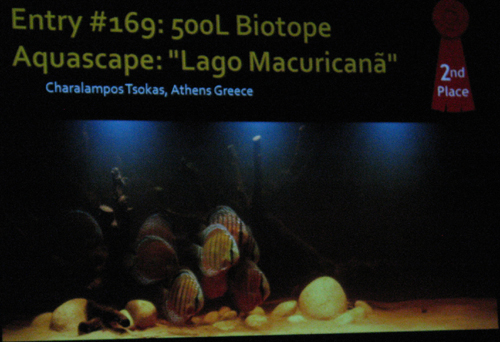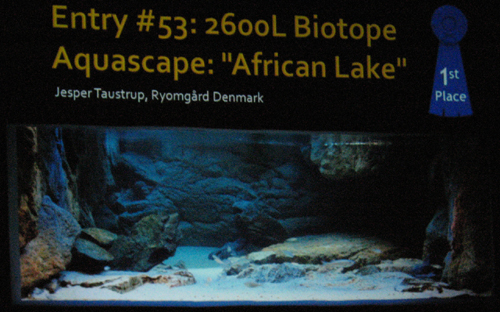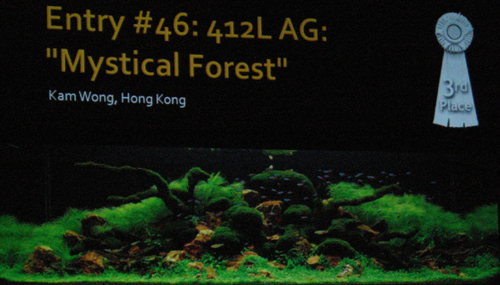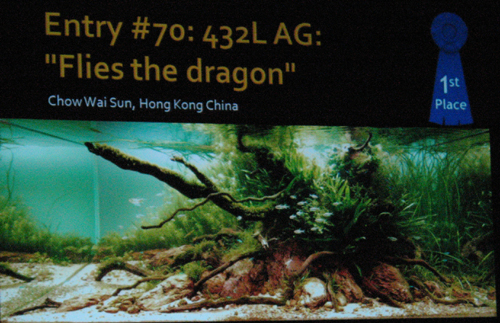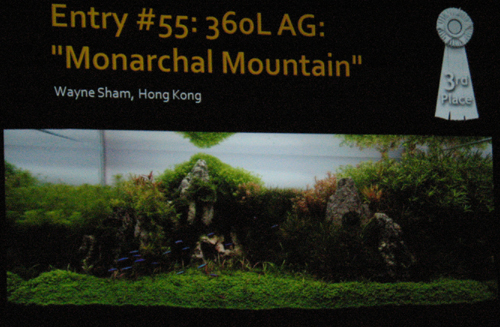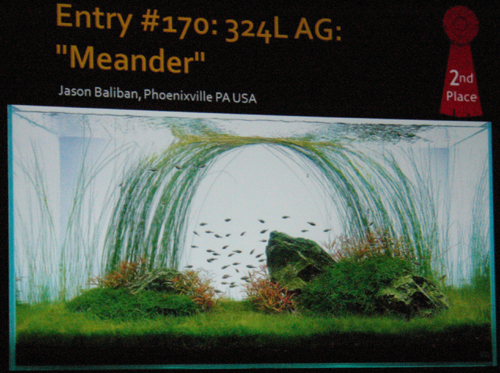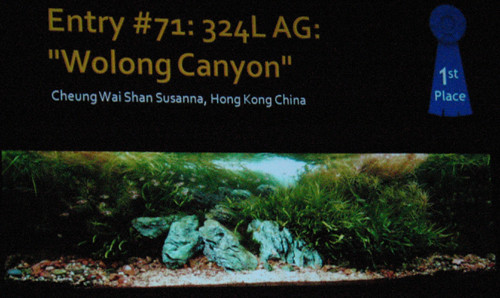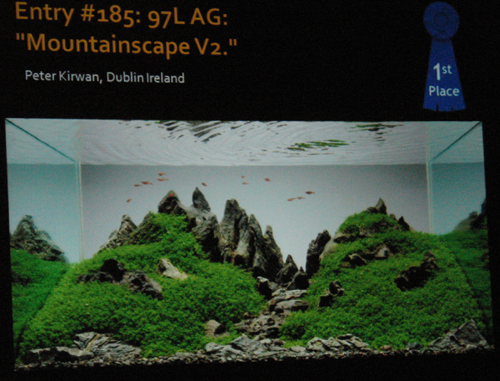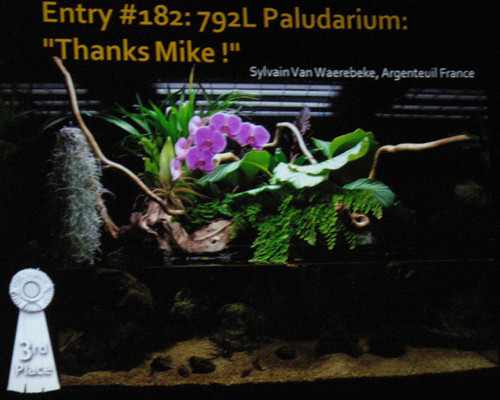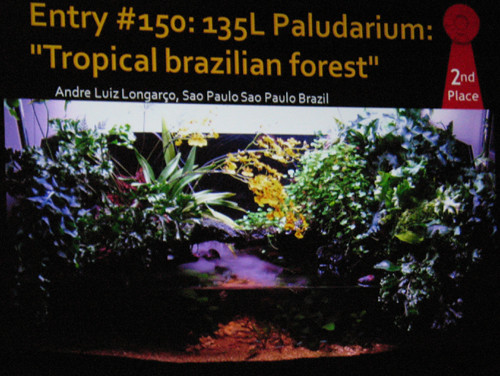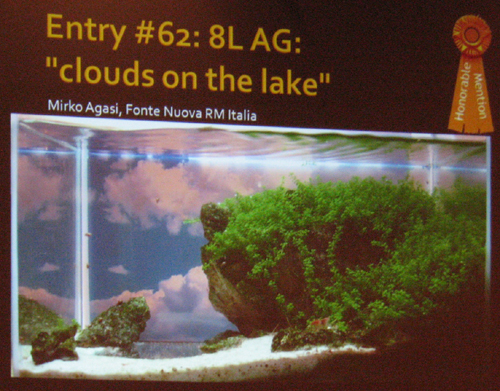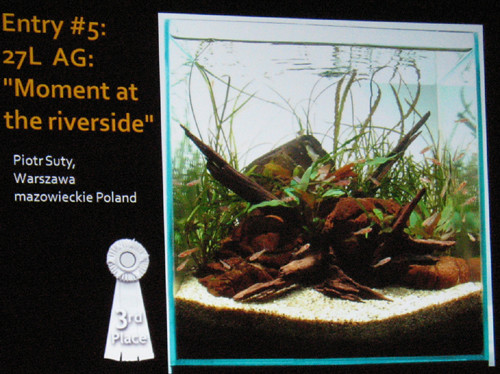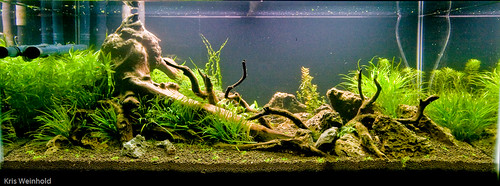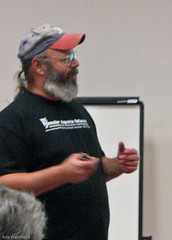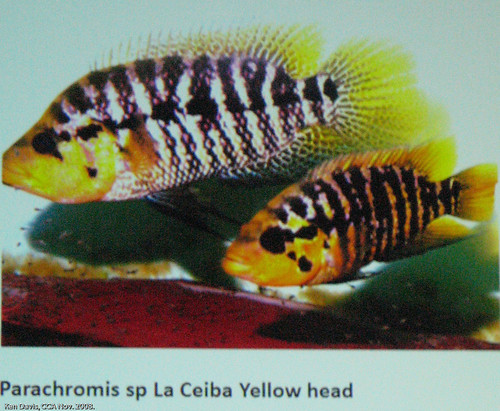AGA 2008: Greg Morin: Iron Uptake
November 17th, 2008The Aquatic Gardener’s Association 2008 Convention officially kicked off with Greg Morin of Seachem talking about Foliar vs. root-zone uptake for ferric and ferrous iron. I arrived a little bit late that day after spending some time going around Atlanta, but the talk was very interesting, although it was a little bit above my head. Greg explained how iron (Fe) is essential for plant growth because it facilitates electron transfer as a constituent for enzymes & proteins. In laymens terms, plants need it.
Plants have a number of methods for obtaining, and then regulating the iron that is needed for growth. Ideally, iron should be readily available to plants, either via the water column or in the substrate, but if it is not, plants can access a stored protein form called ferritin. Unfortunately, while this protein will work, new growth is slow, and yellowing of the leaves often occurs. Therefore, it is much better to make it readily available.
Greg detailed a series of laboratory studies that Seachem is conducting to determine the best way to feed iron to a plant. Essentially, there are two ways: via the leaves or via the roots. In addition, there are many compounds that contain iron, so they are comparing a chelated supplement (EDTA) verses iron gluconate (Flourish Iron). They’re using three types of plants, Crypt wendtii, Anacharis, and Echinodorus bleheri, to compare how different types of plants might react to the various iron forms. Preliminarily, they have found that roots are far more efficient (40:1) than the leaves at absorbing iron. In addition, compared to EDTA, their findings seem to indicate that iron gluconate is more easily absorbed by both foliar and root regions. They, of course, recognise that no plant can grow with just iron, so there are limiting factors when other nutrients are in short supply. Therefore, they are continuing their research to take some of these things into account.
Overall, what I heard from this talk is that the Flourish Iron I’m using in my tank is doing what it’s supposed to do, so I’m going to continue using it.



